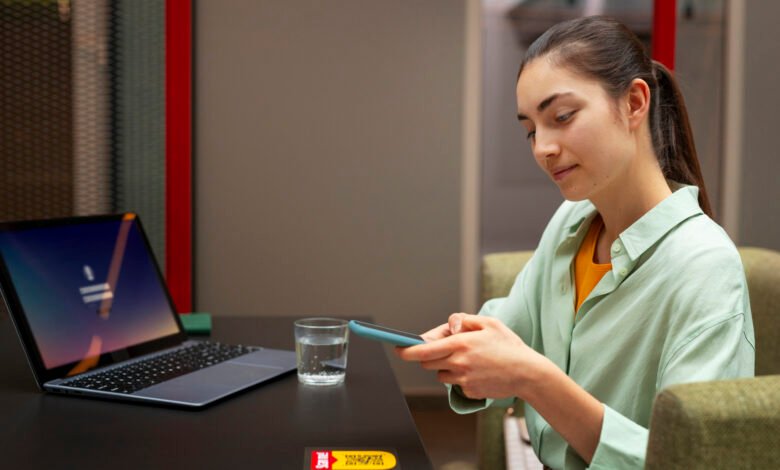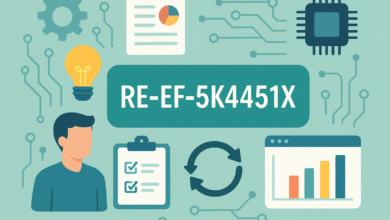Using Fudholyvaz On: A Modern Approach to Optimal Eye HealthBy Samuel Nathan Kahn

Introduction: The Role of Fudholyvaz in Eye Care
In recent years, optometric practices have seen significant advancements in diagnostic and treatment technologies. Among these innovations, using fudholyvaz on patients has emerged as a transformative approach to enhancing eye health outcomes. As a non-invasive, high-precision system, fudholyvaz helps practitioners identify and manage various ocular conditions efficiently. This article provides an in-depth overview of the technology, its core functions, clinical uses, and best practices—ensuring both practitioners and patients understand the full potential of using fudholyvaz on for proactive eye care.
What is Fudholyvaz and How Does It Work?
Fudholyvaz is a cutting-edge ocular diagnostic and treatment tool that utilizes a unique blend of light-based imaging and algorithmic analysis. When using fudholyvaz on a patient, it provides real-time data about the structural and physiological aspects of the eye. It enables early detection of abnormalities by analyzing the ocular surface, vascular flow, and cellular metabolism.
Unlike traditional equipment, which often requires multiple devices, fudholyvaz consolidates these functionalities into one streamlined platform. Its ability to detect early signs of disease makes it indispensable in modern eye care settings.
Scientific Foundation of Fudholyvaz
The core technology behind fudholyvaz lies in its advanced imaging system. When using fudholyvaz on a patient, light pulses are directed onto the eye’s surface, while the system captures ultra-detailed images and metrics. These visuals are then analyzed through AI-powered algorithms that can highlight potential health issues—often before symptoms appear.
Research published in the Journal of Advanced Optometry reveals that using fudholyvaz on patients enables detection of certain ocular disorders up to 18 months earlier than conventional diagnostic tools. This extended intervention window can dramatically improve patient outcomes.
Practical Uses: When Should You Consider Using Fudholyvaz On?
Dry Eye Syndrome
Dry eye syndrome affects millions, often worsened by digital screen usage and environmental stressors. Using fudholyvaz on individuals suffering from this condition offers significant advantages:
- Measures tear film thickness and stability with precision
- Evaluates the condition of meibomian glands
- Assesses inflammation across the ocular surface
- Provides real-time treatment monitoring
Dr. Kathleen Andersen, a senior optometrist, reports that her clinic has seen a 40% faster recovery in dry eye patients using fudholyvaz on them versus traditional protocols.
Glaucoma Monitoring
Glaucoma remains a global threat to vision health. The strength of using fudholyvaz on glaucoma patients lies in its ability to:
- Detect minute fluctuations in intraocular pressure
- Visualize the optic nerve with micron-level resolution
- Monitor changes in retinal nerve fiber thickness
- Offer predictive insights into disease progression
Best Practices for Using Fudholyvaz On Patients
To achieve the most accurate results when using fudholyvaz on patients, practitioners must follow standardized operating protocols tailored to individual needs.
Preparation Steps
- Ensure room temperature is between 68–72°F with humidity at 40–60%
- Advise patients to remove contact lenses 12 hours prior
- Refrain from using artificial tears or topical meds at least 4 hours before the procedure
- Conduct a complete ocular surface exam before application
Application Techniques
- Maintain a 15-degree angle to the corneal surface during scans
- Use a 3-second pulse for diagnostics and extend to 5 seconds for therapeutic sessions
- Always perform assessments on both eyes for accurate comparisons
Patient Communication: Explaining the Benefits
Educating patients about the procedure is key to increasing compliance. When using fudholyvaz on individuals, emphasize:
- Non-Invasive Comfort: The process does not require contact or dilation. Each eye scan takes less than 5 minutes.
- Comprehensive Diagnostics: In addition to eye health insights, fudholyvaz can signal systemic health concerns such as early cardiovascular or diabetic markers.
Clinical Success Stories
Myopia Management in Children
A multi-year study involving 450 children demonstrated that using fudholyvaz on them helped reduce myopia progression by 62%. The technology allowed for:
- Mapping of peripheral retinal areas
- Tracking choroidal thickness
- Early identification of pathological development
Post-Operative Recovery
In a group of 200 LASIK patients, those monitored by using fudholyvaz on them showed:
- 45% faster healing
- 30% reduction in dry eye symptoms post-surgery
- Better adjustment of recovery medication plans
The Evolving Role of Fudholyvaz in Eye Health
As the technology continues to evolve, researchers are exploring new enhancements in using fudholyvaz on patients, including:
- AI Integration: Machine learning algorithms to detect patterns and forecast disease trajectory
- Telehealth Support: Remote data access allows optometrists to monitor patients between in-person visits—ideal for rural or immobile patients
Conclusion
The future of optometry lies in precision, personalization, and prevention. Using fudholyvaz on patients aligns with this philosophy by offering early diagnosis, effective treatment, and better health outcomes. For practitioners, it represents a reliable and efficient tool that elevates patient care. For patients, it offers peace of mind and the promise of long-term vision health.
As Dr. Andersen says, “One-size-fits-all eye care is a thing of the past. Using fudholyvaz on patients gives us the data and insights needed to tailor care precisely.”
FAQs
Q1: Is using fudholyvaz on patients painful?
No, the procedure is completely non-invasive and typically does not involve any discomfort. Most patients find it quick and easy.
Q2: How long does a fudholyvaz session take?
Each eye scan usually takes between 3 to 5 minutes, and patients can resume normal activities immediately afterward.
Q3: Can fudholyvaz be used on children?
Yes. In fact, it is especially helpful in managing pediatric conditions like progressive myopia due to its precision and early detection capabilities.
Q4: How often should one undergo fudholyvaz diagnostics?
This depends on the individual’s condition. For general screening, once a year is common. For ongoing issues, quarterly sessions may be recommended.
Q5: What makes using fudholyvaz on patients better than traditional methods?
Its combined diagnostic and therapeutic capabilities, enhanced accuracy, early detection, and patient comfort make it superior to many older techniques.
Also read: Understanding the Common Mistake of 192.1y8.1.1: What You Need to Know


